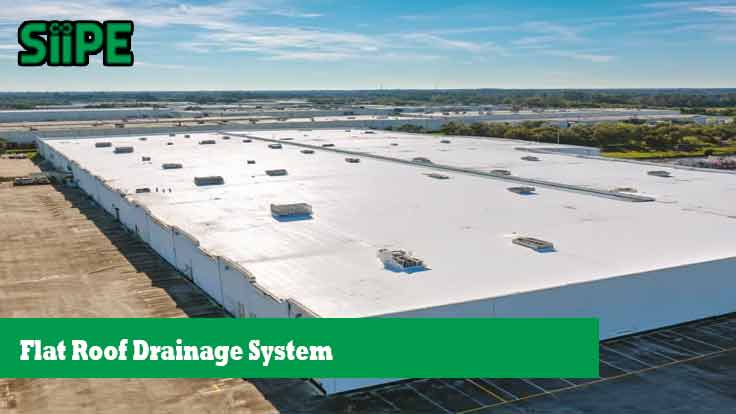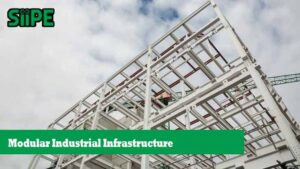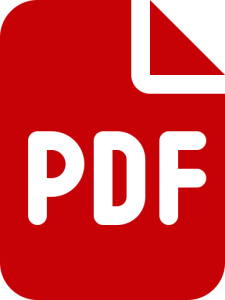In many commercial and industrial settings, flat or low-slope roofs are a common design choice. Their streamlined appearance, easier installation, and utility for HVAC units or solar panels make them a practical solution for modern buildings. However, flat roofs also bring challenges—especially when it comes to handling water. Without a well-designed and maintained drainage system, water can collect on the roof, leading to long-term structural damage.
Contrary to what the term implies, flat roofs aren’t perfectly flat. They’re constructed with a gentle slope—typically ranging from 1 to 10 degrees—to facilitate water movement. This subtle gradient is essential to preventing standing water, but it’s not always enough. Poor maintenance, design flaws, or heavy rainfall can still result in pooling. And that’s where roof drainage systems become critical.
This article explores the three primary drainage methods used on flat roofs, the consequences of water accumulation, and how to avoid costly repairs through regular inspections.
Why Water Management on Flat Roofs Matters
Unlike pitched roofs that naturally shed water due to gravity, flat roofs rely on intentional drainage systems to move water off the surface. Rainwater, melting snow, or even condensation can build up quickly. If the water doesn’t drain efficiently, it can penetrate the roofing material, rot structural elements, damage insulation, and even pose electrical hazards.
The good news is that proper planning and periodic maintenance can significantly reduce these risks. By understanding the available drainage options, property owners and managers can make informed decisions to protect their investments.
Three Effective Drainage Solutions for Flat Roofs
1. Gutter Systems
Gutters are perhaps the most familiar drainage solution, widely used on residential and commercial properties alike. Positioned along the roof edges, gutters catch rainwater and channel it into downspouts, directing it away from the building’s foundation.
However, flat roofs with parapet walls or minimal slope may not benefit much from standard gutter systems. Additionally, gutters are prone to clogs from leaves, dirt, and other debris, which can cause overflow and localized flooding. Regular cleaning and the use of leaf guards or strainers can enhance gutter performance and longevity.
2. Scuppers
Scuppers are openings in a roof’s perimeter wall or parapet that allow water to exit directly from the surface. Often paired with short spouts or extensions, scuppers guide water away from the exterior walls to prevent staining, erosion, or foundational issues.
Compared to gutters, scuppers are less likely to clog because they have wider openings. However, they can still become obstructed by large debris or ice. A properly designed scupper system may also include a connected downspout or splash block to direct water flow safely.
Scuppers are particularly effective for buildings with parapets and are often combined with secondary drainage systems as a backup.
3. Interior or Central Drainage Systems
For large or complex roofs, interior drains—sometimes called “primary roof drains”—are often the most efficient choice. These drains are strategically placed in the lowest points of the roof surface to collect water and funnel it through internal piping within the building. From there, the water is directed into the municipal storm system or away from the building.
Interior drainage systems offer several advantages. Because the pipes are inside the building, they are protected from freezing temperatures. This feature is especially beneficial in colder climates. However, interior drains are also the most maintenance-intensive of the three systems. Each drain must be fitted with a debris strainer to prevent blockages. Over time, dirt, twigs, and other debris can clog the strainers, potentially causing water backup and roof damage.
The Hidden Risks of Water Accumulation
Even with drainage systems in place, water pooling can still occur. Damage to the roofing membrane, sagging spots, or clogged drains are common culprits. When water collects and remains stagnant, it poses multiple threats:
-
Material Degradation: Roofing materials may crack or degrade over time under constant water pressure.
-
Structural Weakening: Prolonged moisture can rot wood, rust metal, or weaken concrete.
-
Mold and Mildew: Standing water accelerates mold growth, which can affect indoor air quality and cause health issues.
-
Insulation Compromise: Waterlogged insulation loses its effectiveness and can lead to energy inefficiency.
-
Electrical Hazards: Moisture near lighting fixtures, wiring, or HVAC systems can create dangerous conditions.
Moreover, flat roofs typically feature flashing—thin materials used to seal joints or edges—around skylights, chimneys, and vents. When water seeps into these areas, it can bypass the main waterproofing layers and damage the interior of the building.
Freezing temperatures introduce another danger. When water freezes, it expands, which can cause cracks in the roof membrane or surrounding structures. This freeze-thaw cycle is especially destructive over time.
Maintenance: Your Best Line of Defense
The most cost-effective strategy to avoid roof drainage issues is preventive maintenance. Experts recommend inspecting your flat roof and its drainage system at least twice a year—ideally in the spring and fall. You should also conduct inspections after major storms.
During these inspections, look for:
-
Blocked or slow-draining outlets
-
Visible water pooling or ponding
-
Cracks, blisters, or punctures in the membrane
-
Loose or damaged flashing
-
Debris accumulation around drains, scuppers, or gutters
Addressing these signs early can prevent minor issues from escalating into expensive repairs or total system failures.
Professional Help Makes a Difference
While some basic inspections can be performed by building staff, involving roofing professionals ensures that problems are identified and resolved correctly. Trained technicians can use moisture detection tools, thermal imaging, and detailed assessments to uncover hidden issues. They can also make recommendations tailored to your building’s design, local climate, and drainage capacity.
Installing secondary or overflow drainage systems is another smart way to prevent disasters. These serve as backups if the primary system becomes overwhelmed or clogged. In many jurisdictions, building codes require overflow drainage as a safety measure.
Flat roofs offer practical and aesthetic benefits, but they demand proactive care—especially in managing water. An effective drainage system is your first line of defense against the long-term effects of moisture buildup. Whether you’re using gutters, scuppers, or internal drains, routine inspections and maintenance are critical.
Don’t wait until water starts leaking into your ceiling or mold spreads across your insulation. With a solid understanding of your drainage system and a commitment to upkeep, you can extend the life of your roof and protect the integrity of your entire building.











